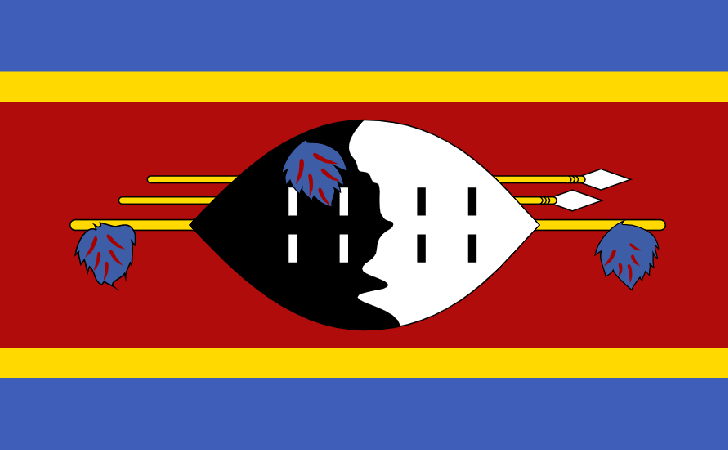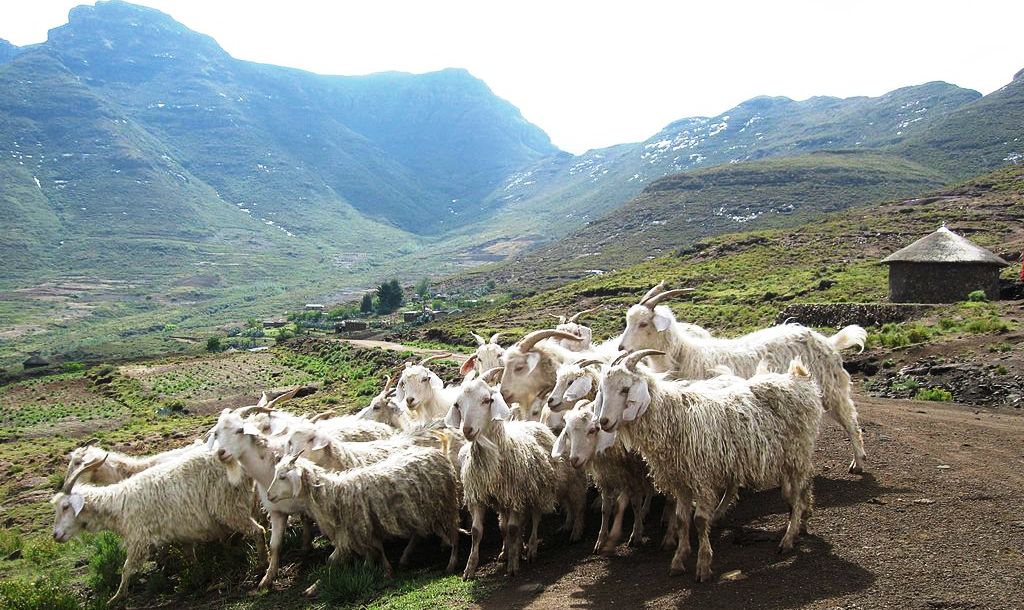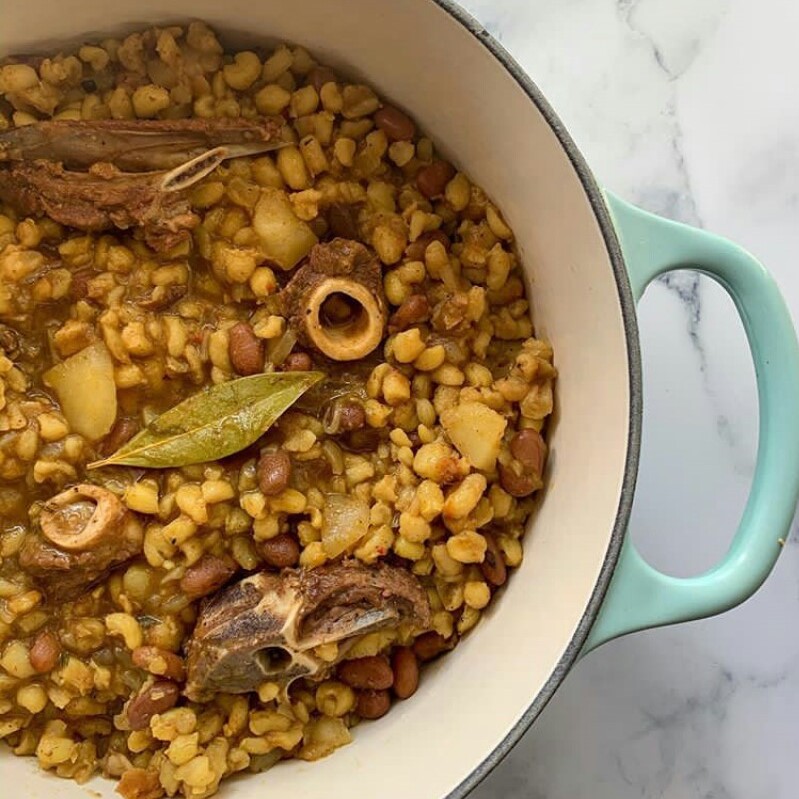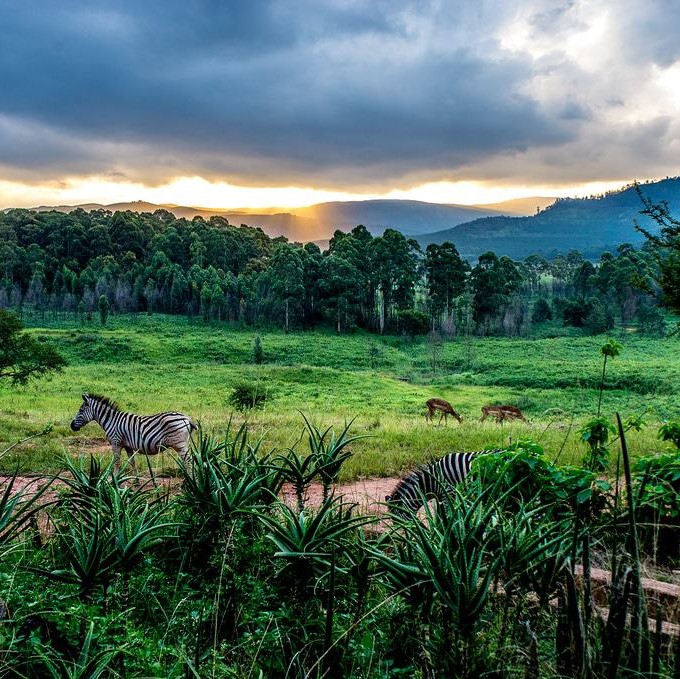


Swazi cuisine combines native fruit and vegetables with game animals and fish. This country's cuisine is noted by the use of ginger, especially in fish dishes. Swazi cuisine has been more influenced by French cooking techniques than other South African cuisines and this is exemplified by the use of lime juice in cookery as well as the use of garlic and marinades for meat. Outside the cities, however, samp remains the staple of the diet and is often accompanied by stews and sauces. Cornbread is another staple of the diet and often accompanies main meals.Samp

Despite being surrounded by much larger South Africa and a growing number of Western influences, Swaziland has its own distinct culture that remains very much intact.Culture - Swaziland

This tiny country boasts two capital cities. Swaziland’s official capital may be Mbabane, but the laws of the land are made in Lobamba, the small bush village where King Mswati III and the rest of Swaziland’s powerful royal family live. Most of Lobamba’s royal buildings cannot be photographed and are closed to the public. However, visitors can still admire the Lozitha and Embo state palaces from the outside and see the Somhlolo National Stadium, which hosts many of Swaziland’s major concerts, sporting events, and royal celebrations. Swaziland has become an increasingly popular safari destination thanks to its sheer amount of diverse landscapes, wildlife, and protected reserves within its small space.Special Sights
